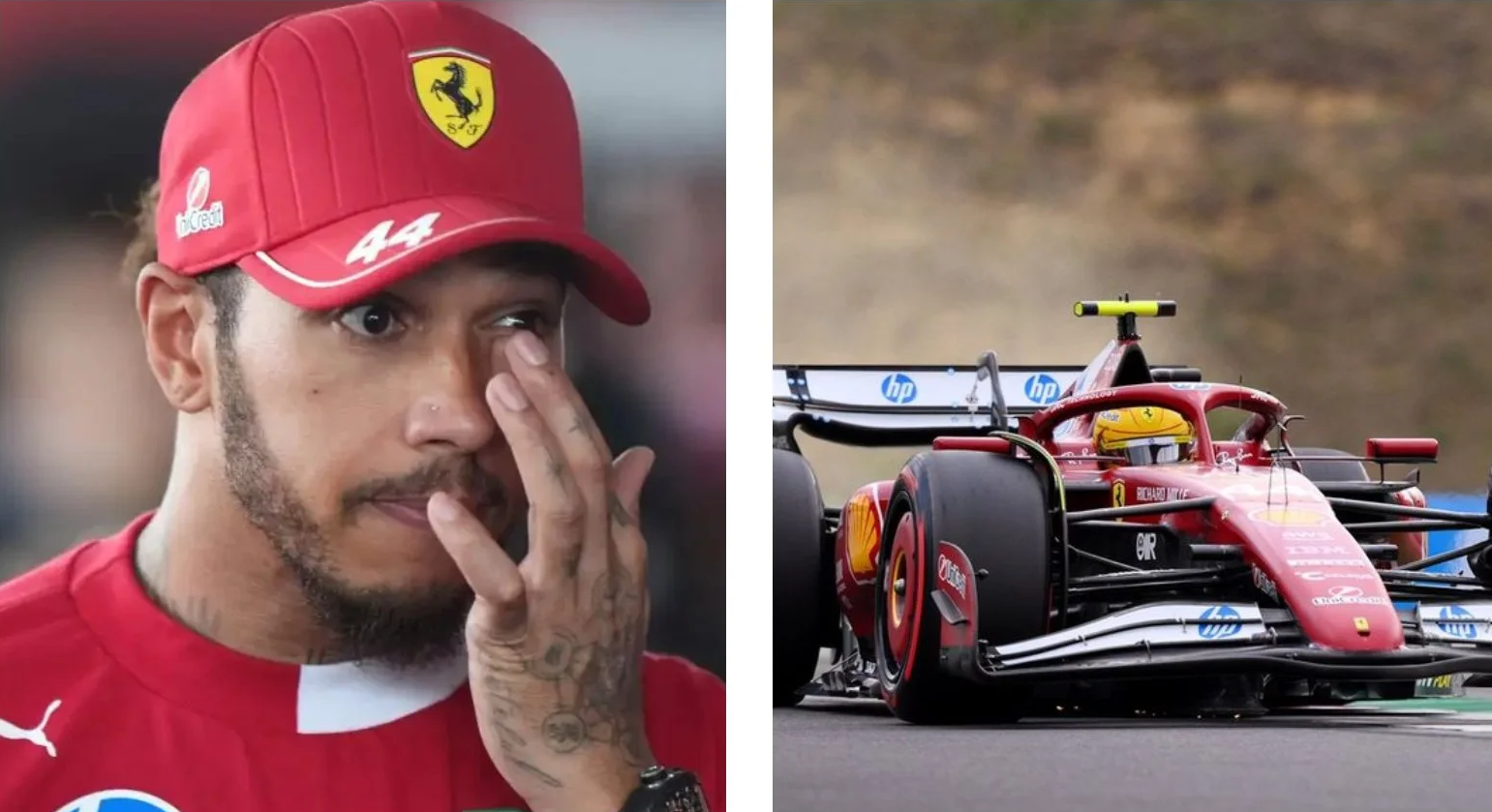The Reality Check: Hamilton's Difficult Ferrari Adaptation Exposes Transfer Challenges
Lewis Hamilton's challenging start at Ferrari reveals the complexities of major team transfers, as the seven-time champion struggles to adapt to his new environment.
Wiktor Forsström
F1 Journalist

The honeymoon period is over. Lewis Hamilton's much-anticipated move to Ferrari has encountered significant turbulence in the opening races of 2025, highlighting the underestimated challenges of changing teams at the highest level of Formula 1. Hamilton's switch to Ferrari for 2025 triggered a huge amount of hype, but the results have not lived up to expectations.
Underestimated Complexity
Ferrari Team Principal Fred Vasseur has candidly admitted that both he and Hamilton failed to anticipate the magnitude of the adjustment required. "Lewis and I, we collectively, probably underestimated the change of environment, and the fact that he spent, for me, 20 years in the same team," Vasseur explained to The Race.
The scale of Hamilton's career-long association with Mercedes-powered teams cannot be overstated. "McLaren was Mercedes, and then he moved to Mercedes: an English team [based in Brackley], same engine guys, that same culture and so on. So he spent 2006 to 2024, 18 years, in this environment, and then he arrived at Ferrari."
Performance Shortfall
The statistics paint a sobering picture of Hamilton's start at Ferrari. Despite a few highlights in sprint races, including victory in China and a third place in Miami, Hamilton has yet to finish on the podium in a grand prix. His qualifying performances have been equally challenging, with his best qualifying result has been fourth, which he took in Monaco and Austria.
Emotional Low Point
The frustration reached a crescendo during the Hungarian Grand Prix weekend, where Hamilton's struggles became painfully public. The seven-time champion's campaign also hit an emotional low at the Hungarian Grand Prix earlier this month when, after being eliminated in Q2 as team-mate Charles Leclerc went on to take pole position, he claimed he was "useless" and that Ferrari should consider a driver change.
The Adaptation Challenge
Vasseur acknowledged that the team's expectations were unrealistic given Hamilton's lack of experience changing teams. Unlike drivers such as Carlos Sainz, who have navigated multiple team changes throughout their careers, Hamilton's stability with Mercedes-powered teams left him unprepared for such a significant transition.
"So he spent 2006 to 2024, 18 years, in this environment, and then he arrived at Ferrari. And we were stupidly expecting that he will have everything under control."
Technical and Cultural Differences
The challenges extend beyond mere car setup and driving style. Ferrari's Italian culture, operational procedures, and technical philosophy represent a fundamental shift from Hamilton's previous environment. The integration process involves learning new communication protocols, understanding different engineering approaches, and adapting to unfamiliar working rhythms.
Support and Commitment
Despite the difficulties, Ferrari remains fully committed to supporting Hamilton through this transition period. Replacing Hamilton is not, of course, on Ferrari's radar. Instead, the team is doing all it can to try to improve the areas where he has not been totally comfortable.
Long-term Perspective
While the immediate results have been disappointing, both Hamilton and Ferrari maintain confidence in their long-term partnership. The learning curve may be steeper than anticipated, but the fundamental talent and experience that made Hamilton attractive to Ferrari remain unchanged.
The remainder of the 2025 season will be crucial in determining whether this partnership can overcome its early challenges and develop into the championship-contending force that both parties envisioned when the deal was announced.